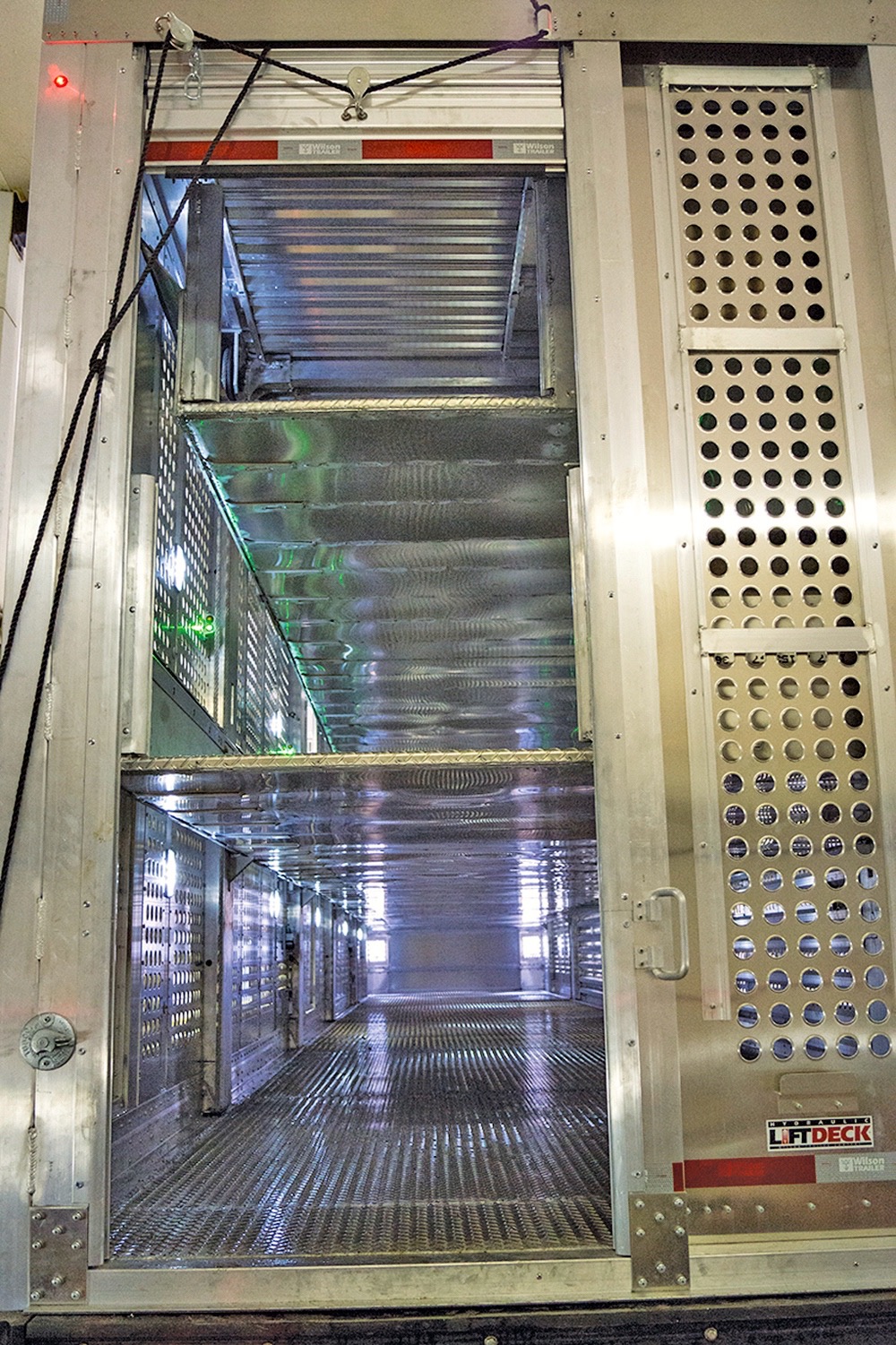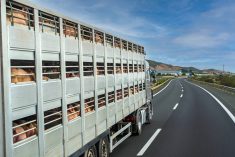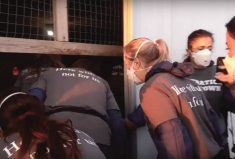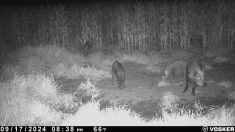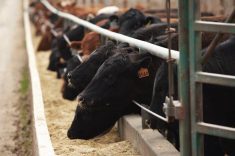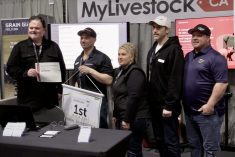One of North America’s largest commercial livestock carriers recently unveiled a new trailer that may revolutionize the future of livestock transportation.
Steve’s livestock transport, which transports more than 2,500 head of cattle and 150,000 pigs throughout North America weekly, has partnered with Wilson Trailer Company of Sioux City, Iowa, to develop an all-aluminum hydraulic lift deck.
“We consider this to be a game changer for our industry. As livestock will no longer need to use a ramp when entering or exiting a trailer, it will reduce stress on the animals and contribute to improved meat quality,” said Steve Brandt, president and CEO of Steve’s Livestock Transport. “Because animal handling is a top priority for us, we knew we had to find a better solution to ensure the health and safety of the herds and we believe this hydraulic lift system is the future of moving livestock.”

The new lift system has been in development for two years and essentially works like an elevator. The hydraulic lift cylinder and stainless steel cabling system raises two full-length decks into a locked position.
“Traditionally the livestock are required to walk up a ramp when being loaded. What this new design means is that the animals can walk into the trailer on a level surface and once they are in, the deck will move up with the use of hydraulics,” said Candace Bartel, vice-president of operations with Steve’s Livestock. “There are two benefits to this design, animal welfare, as well as a huge benefit is to the drivers, as the ease of loading and unloading the trailer is much improved.”
Read Also
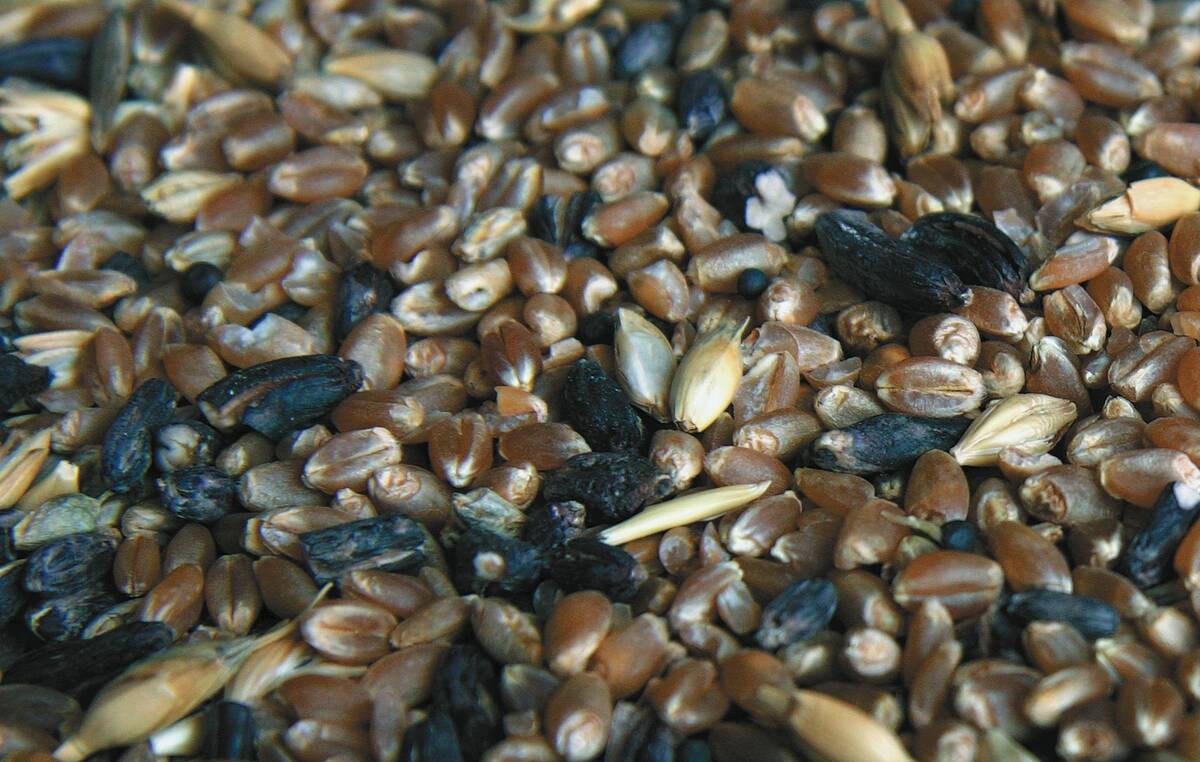
Feeding ergot: research on ergot-impacted grain and beef cattle continues
Saskatchewan research hopes to tease out better ways for Canadian beef farmers to manage ergot consumption in their herd’s feed
The trailers are capable of handling three layers of hogs, two layers of sows and one layer of cattle. They have been equipped with heavy-duty gates and feature superior ventilation.
“In Europe they have been using a lifting deck system for many years. We went and had a look at their system and recognized that it wasn’t the perfect fit for Canadian roads and weight restrictions that are in place here,” said Bartel.
“At that point we began working with Wilson to design a trailer that was going to lift in the same way that the European model but would work in Canada.”
The new trailer is significantly lighter than its European counterpart and has been designed to look and operate like a conventional North American trailer.
“The livestock trailers that we use in North America have a certain way of being used and a certain style. The European model was significantly different in many aspects. We wanted to keep our design as close to our traditional models as we could while incorporating the efficiencies in animal loading,” said Bartel.

Sanitation also played a major role in the design process. Bartel said that without the use of baking bays, the trailers likely wouldn’t meet the company’s biosecurity standards.
“The baking bays have really made it possible to use this style of trailer as prior to those, we wouldn’t have been able to sanitize every area within the trailer properly.”
As the hydraulic lifts are mounted within the trailer, there are areas that are hard to clean with traditional methods. Baking bays allow the entire trailer to be heated to 160° for 10 minutes to kill any bacteria left after washing.
Steve’s Transport will test the prototype over the next six to 12 months, where it will then go into review for improvements before going into production.
“We will be testing this in Alberta and it will run through a series of different types of animals and movements. We will be starting with one type of hog movement. Once we prove it within that type, we will move into the next until each animal movement has been explored,” said Bartel.
At this point, Steve’s Transport can’t comment on how the trailer will be marketed or whether the use of the new trailer will or will not impact transportation rates.
“This is the only trailer of its kind in North America and has a number of potential benefits for the livestock industry,” said Bartel.






